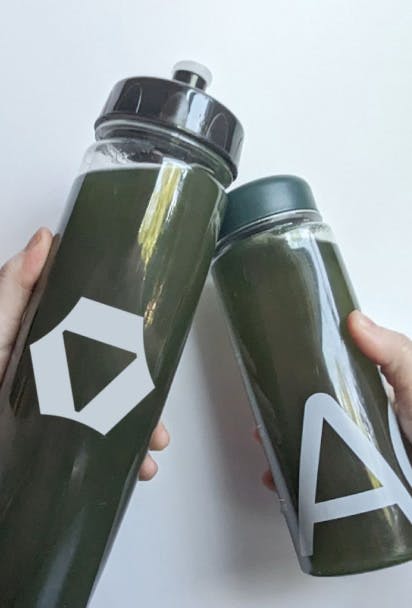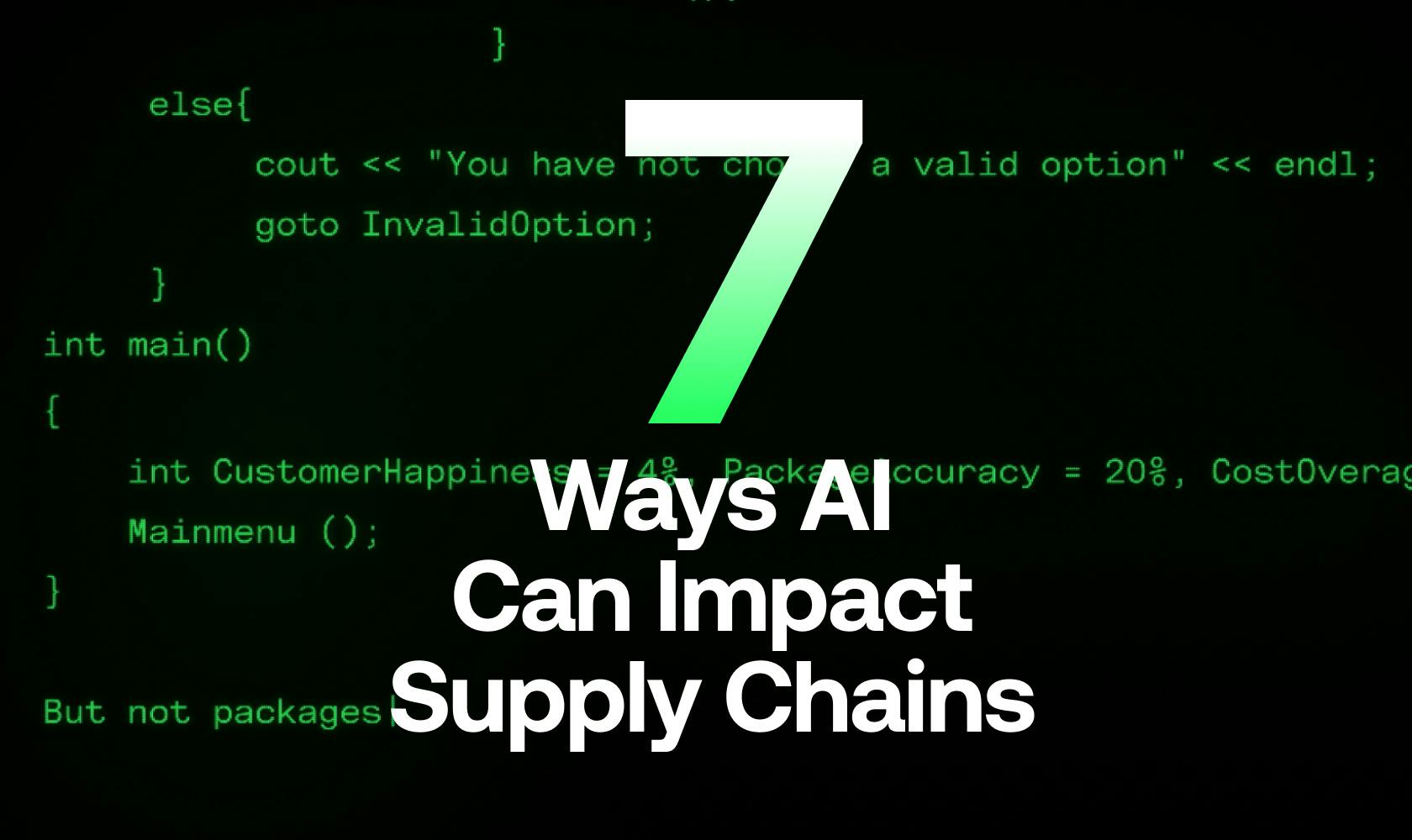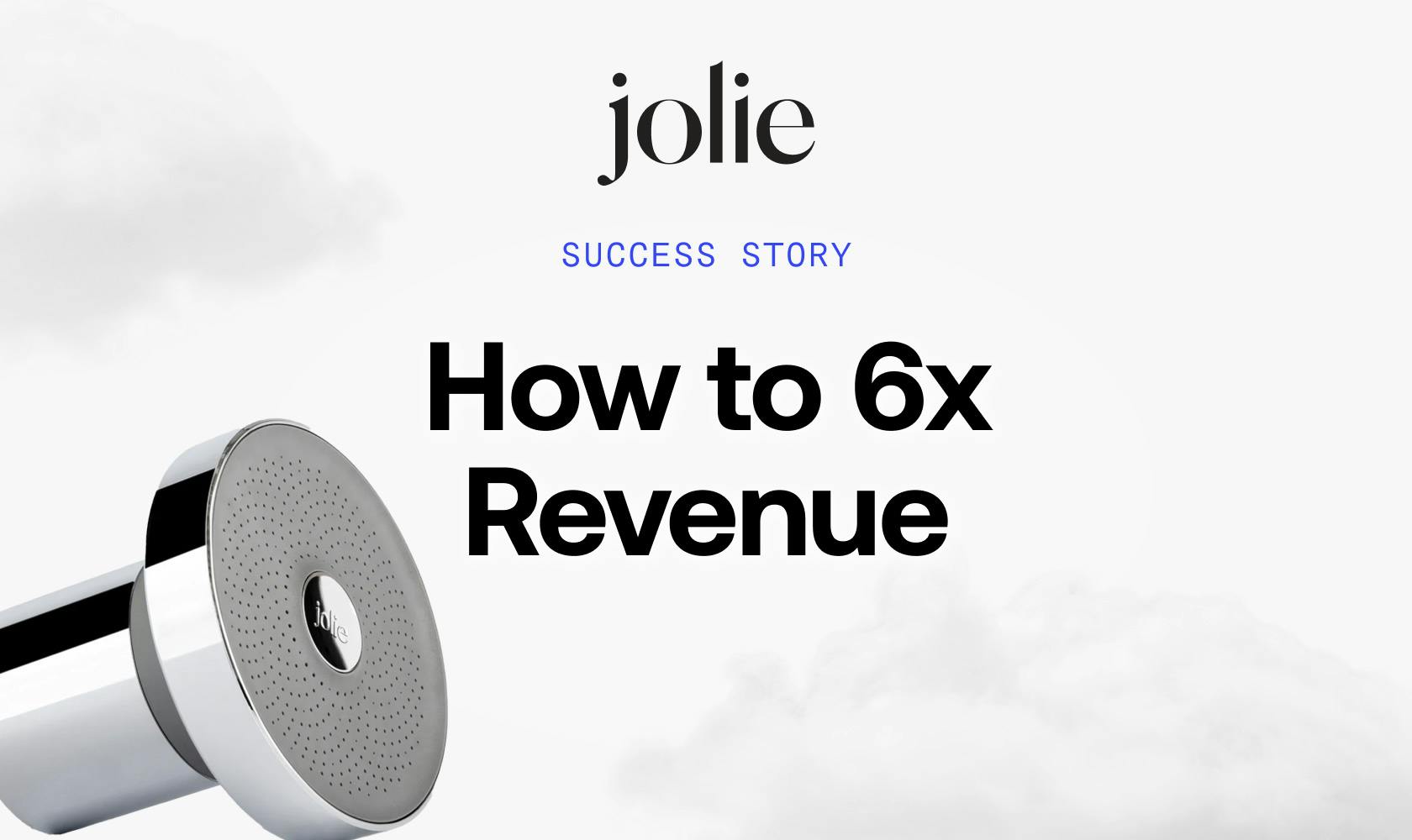In e-commerce your profitability is made by managing margins. Every step of the process that brings your product from creation to your consumers’ front-door can cut into those margins and reduce your profitability. A brand’s goal is to maximize order value and repeat purchase rate, while minimizing variable product and shipping costs, optimizing ad costs, and keeping overhead costs low.
Managing fixed and variable costs can be challenging, these cost centers can be as obvious as manufacturing expenses, personnel overhead, and marketing, or as nuanced as the time it takes between a package being marked as shipped and the carrier picking it up (also known as Dwell Time, which you can learn more about by navigating here).
There are many levers a brand can pull in an attempt to reduce its costs; however, with shipping expenses often accounting for 10-15% of a brand’s revenue, parcel spend is a great starting point to find savings.
Let’s explore common ways brands can better manage parcel and some less known ways brands can really maximize the cost savings…spoiler alert one natural deodorant company saved over $900,000 in annual parcel expenses utilizing these strategies.
Understanding Parcel Expense Factors
Before we explore ways to save, let's make sure we understand why parcel is such a massive expense for e-commerce brands. Parcel cost is set by the various carriers – DHL, FedEx, UPS and more – and all have different rates for different service levels (effectively the delivery time and mode picked in the cart) for different distances traveled. Rates are further impacted by the size and weight of the package.
Carrier’s set these rates annually and adjust them, often at the beginning of the year, to account for gas, employees, and other increasing expenses. For 2024, both FedEx and UPS announced a 5.9% increase and in 2023 these same carriers increased by 6.9%. But these increases, called the General Rate Increases (GRIs) are not a true reflection of the realized cost. According to Parcel Industry, if a brand makes the same shipments in 2024 that they did in 2023 the average FedEx customer will pay 8.17% more, and the average UPS customer will pay 7.72% more.
So every year your carrier rate increases, and as your business grows those increases compound - these could come from just the sheer volume of orders or size of orders or distances an order travels as your audience broadens, but the bottom line is more and more of your margins are not going into your pocket.
So what can brands do to combat this expense?
Parcel Volume
With great size comes…some power. With lower parcel volume your rates will often be higher, but if you have higher parcel volume you might achieve lower rates. This is simply because you represent a larger potential business opportunity for a carrier so they will offer rate reductions to earn your business.
Unfortunately, these rate discounts are often reserved for enterprise deals and require a significant shipment density. If a brand lacks that volume, they can still enjoy these price benefits by partnering with a large third-party provider, like Stord. A 3PL can achieve this by combining all of its customers volume together to achieve a meaningful size that can negotiate better rates with these carriers.
Expanding Carrier Diversity
Another option that brands can employ to increase margins is by expanding the total number of carriers it utilizes. This diversity of options allows you to compare the cost of one carrier to another within similar promised delivery times and select by best price; this is often called rate shopping.
An often overlooked benefit of carrier diversity is the ability to leverage the right carrier for the right type of service - for example one carrier might over index with fast-delivery-speed air freight while another excels at oversized, heavier goods or hazmat items. Being able to route these not just on cost but on capability can be a crucial component to ensuring your products are delivered well and your customers are delighted.
While the savings realized from rate shopping may only result in cents saved per package, the overall savings can be transformative when factored over hundreds of orders per day.
Intelligent Rate Shopping
To find better savings, brands need to get more savvy. When brands rate shop, they often are comparing apples to apples - what is the price from Carrier A vs Carrier B for 2-day delivery? This system works, but what if Carrier A could still get the product to the final destination with a standard ground option? That would significantly decrease your cost per package while maintaining the same level of customer experience that you are promising your consumer.

To achieve this, brands need to have the historical data of every carrier shipping from one specified origin zip code (likely the warehouse) to the destination zip code. This process of identifying and selecting the proper and cheapest service level agreement is called downgrading; and when properly implemented, it can save brands massive amounts of money.
Automate or Fall Behind
In order for brands to do this at scale they cannot do this by hand, they need to automate the process. This means that as an order is being packed and the label generated, the cheapest and best method is being selected automatically without any human intervention needed.
Systems like Stord Parcel and Last-Mile Optimization were designed to do just that for our partners. Remember that $900,000 annual parcel savings from the beginning of this blog post? Well they achieved it by deploying these exact strategies.
Brands can go further still in finding margin saving parcel strategies. Brands can intelligently place inventory to reduce distance traveled based on customer demand, or automatically route orders more efficiently to specific locations if they have a multi-node fulfillment operation. Brands can also find savings in more efficient packaging designs, reducing needless dunnage or moving to bags from boxes. Or brands can ensure their 3PL is maximizing its efficiency at the pack station - reducing mispacks and ensuring the proper packaging type is used for each and every order.
When the success of your brand is the sum total of the intelligent margin saving choices you make, you cannot be lax in your strategy. If you feel like you are losing crucial dollars to an inefficient logistics solution, we would love to talk.








